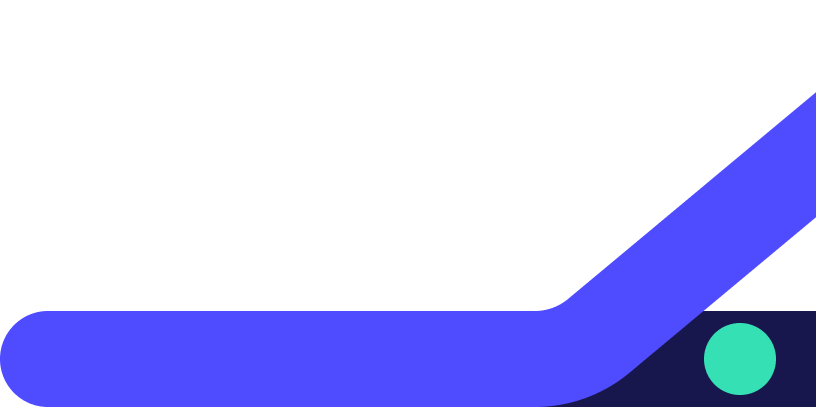Video
Made for people leaders creating a new world of work
Playbooks, whitepapers, and infographics made for HR teams and people leaders ready to unlock potential.
Do I actually need more technology in my tech stack?
The Reejig Reckons series
A lot of the time business leaders evaluating additional investment into their HR tech ask; do we even need to add another platform?
It's important to understand how your current tech stack is performing and what's missing before finding the right solution.
The right HR tech stack needs to include software that wraps around all of your existing platforms frictionlessly and brings together siloed data to give you a central nervous system for every talent decision you make.
Dive into more like this
There isn't any recommended Videos
Nothing to see here
We couldn’t find any content related to the theme you are searching for. Here is some recent pieces that you might enjoy.
Read the transcript:
Some of our customers have some of the most complex tech stacks.
And the larger that you become, the more regional you become, the more it becomes really, really complicated.
One of the questions that my team is constantly asked is, do we actually need another piece of technology in our tech stack?
I think before you go down the road of looking at what's shiny, and what's new, I think you need to have a look, what tech have you actually got? How is it performing? Does it solve the problems that you brought it in for in the first place?
So we know your major systems that are brought in — whether it's
Workday, SuccessFactors, or Oracle — they've been brought in to create a full view that connects all of the different parts of your business including your finance team. Your company can't run without them.
Now where some systems are probably not fully optimized is when people don't engage with them very well. They're a little bit clunky on the front, employees don't like to complete their profiles, and they don't have a full view of data.
So I think looking at software that enhances these systems but doesn't compete with them is probably where I would look.
From a Reejig perspective, what we want to do is make sure that we're helping our customers and future customers look at what's the problem they're trying to solve, what have they currently got, and how can we bring inReejig in a way that it's part of their ecosystem.
And the way that we built Reejig was knowing full well that we want to partner with Workday, with SuccessFactors, and with Oracle. We don't want to compete with them — we sit on top of those current systems, we pull data in and out and we become the central nervous system for your talent decisions.
So whether it's hiring, whether it's mobilization, whether it's career pathing, we push that data back into those systems. No matter if those systems already have parts of that technology, we're able to design a journey that is meaningful for both your current tech stack and your employees and managers so that you don't have a very disjointed tech journey as well.
So think of your tech stack evaluation as, 'what are the problems I'm trying to solve? What have I currently got? And how does my technology wrap around that and feed in and out of those systems so that I'm not causing this kind of friction process?'
I think if you get to that point, you probably will find you've got some pieces of tech in there that probably aren't doing what you thought they were going to do and that's okay because you can switch them in and out.
